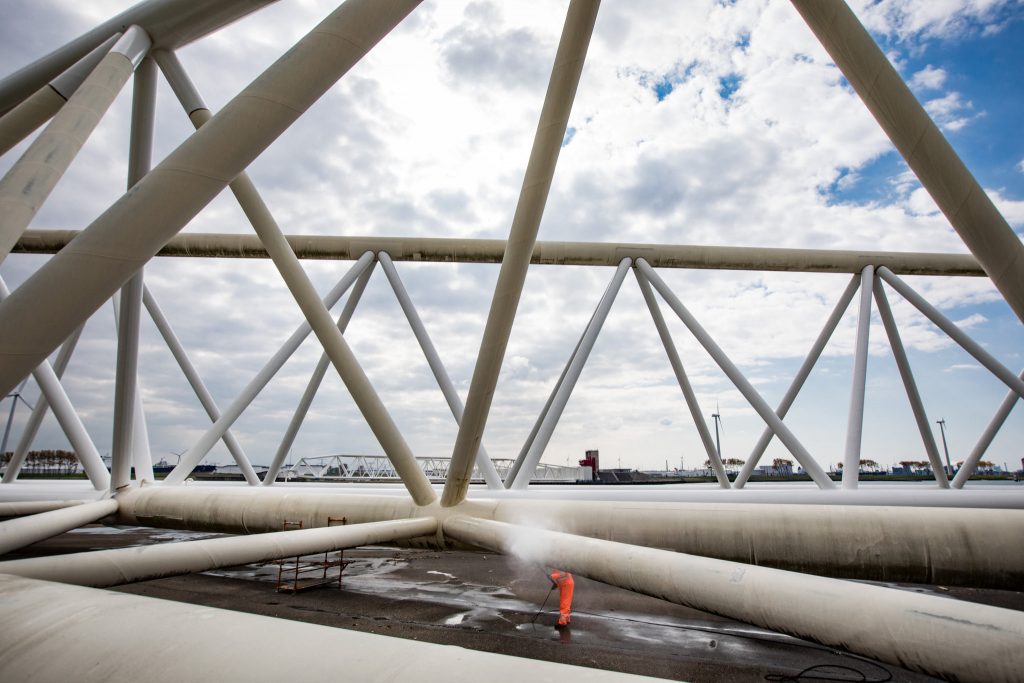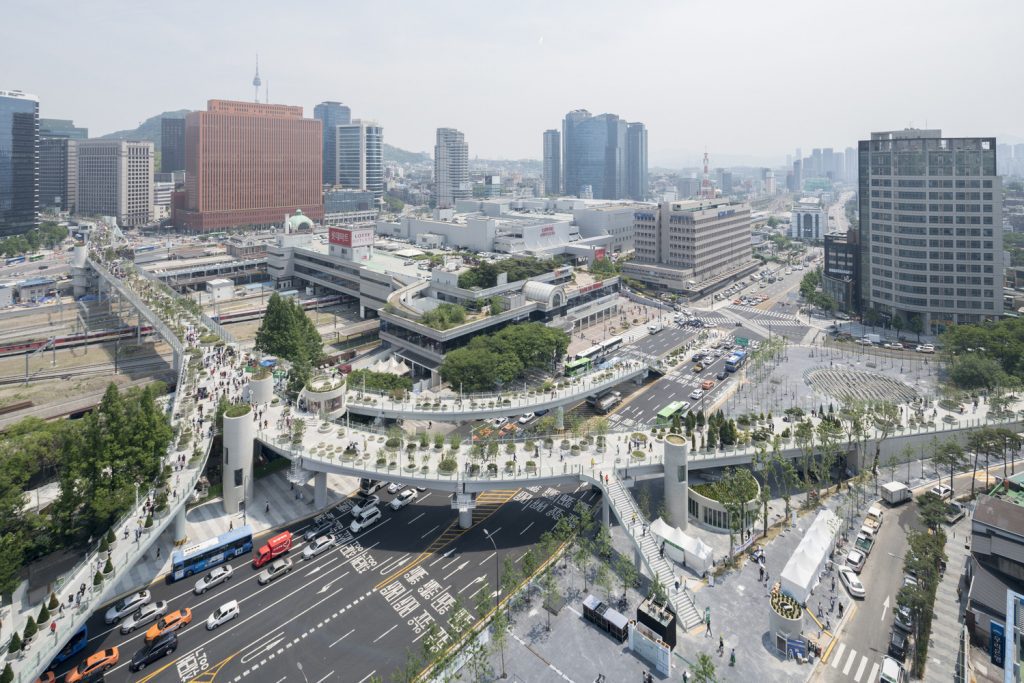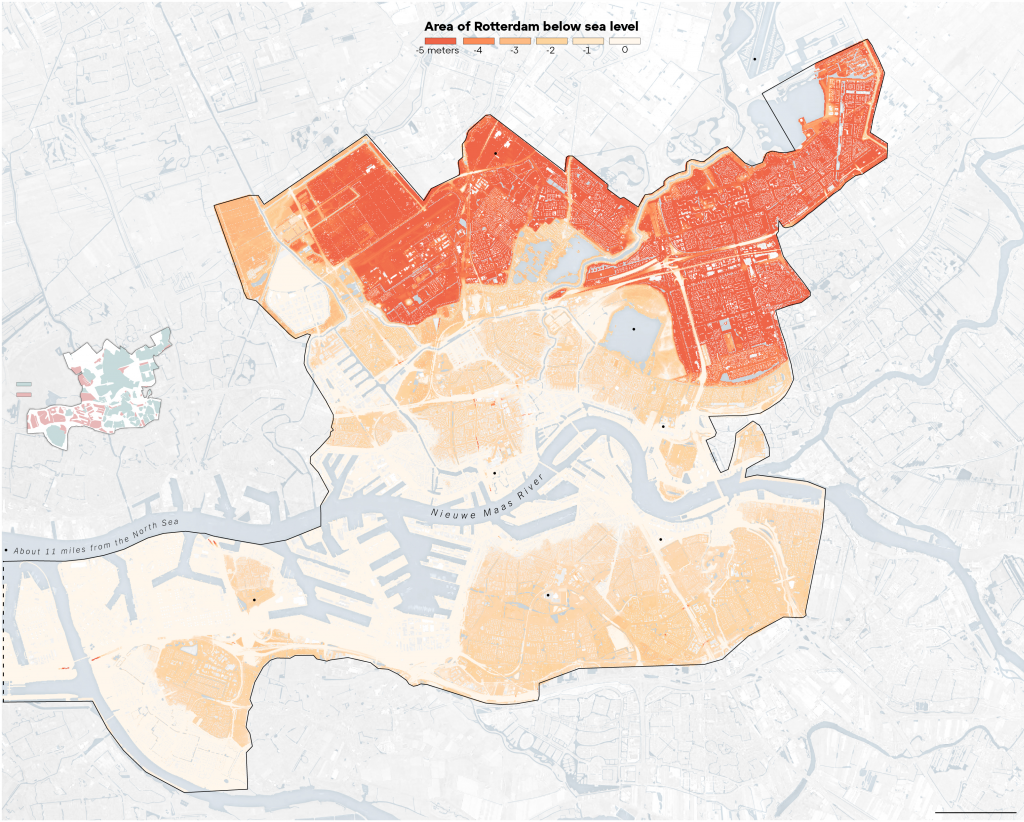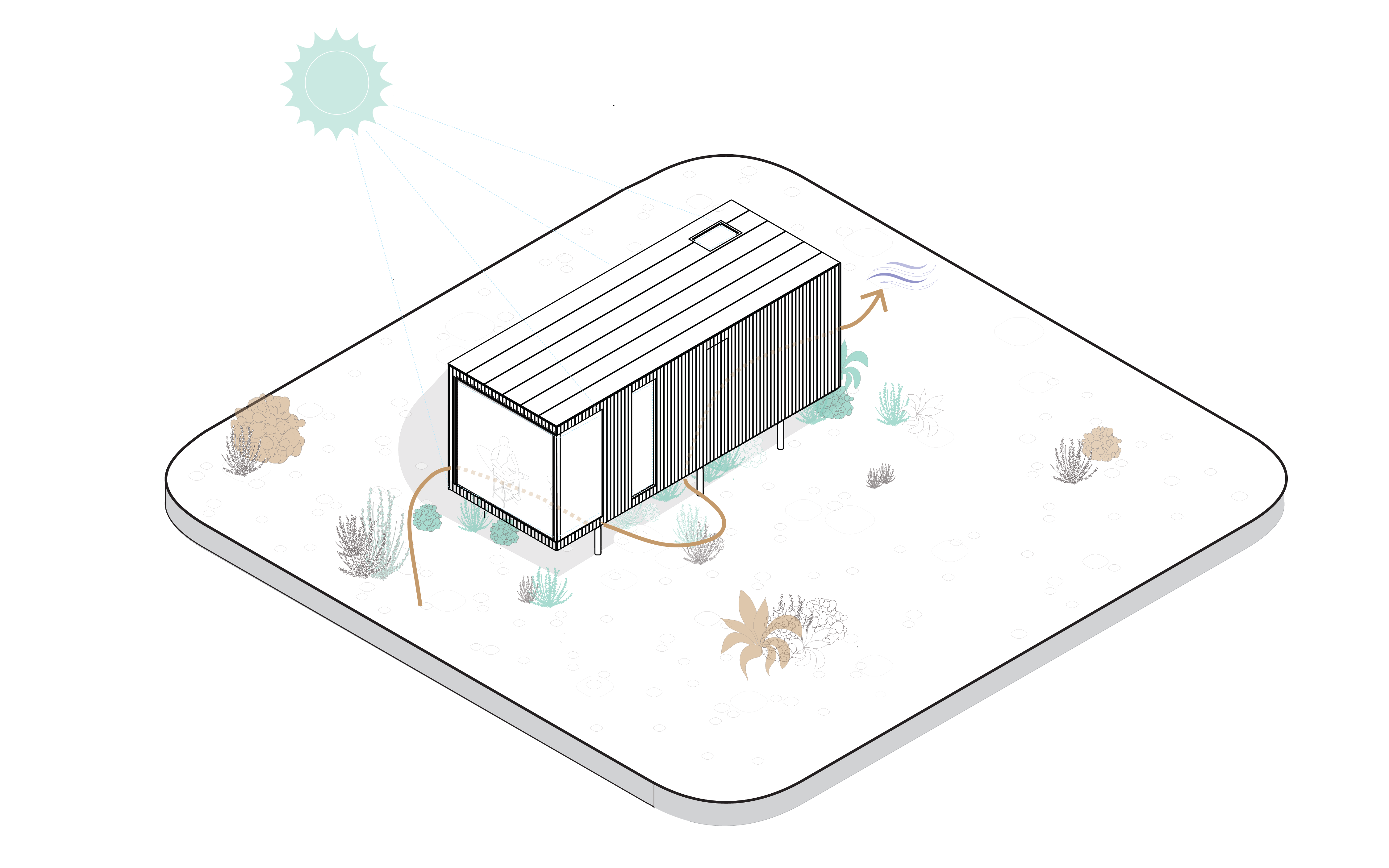Building Resilient Cities in the Face of Climate Change


In the past, humanity faced numerous challenges, including extremely cold weather, insecure shelters, and famine periods. However, as cities continue to grow without restraint, they are facing new challenges such as climate change and pandemics, which are making humanity suffer day by day. As a result, planning and designing have become essential in addressing these pessimistic urbanization eras.
When we consider today’s world within the frame of the pandemic and climate change, which notion should have priority? To answer this question, we must analyze both of these enormous situations’ effects on cities and how cities are responding to them. After this phase, we can easily deduce that one of the most critical concepts is density within cities.
Density has been a vital concept in urbanization, as it helps maximize infrastructure most efficiently for the majority of people. However, during this difficult period, density has become a serious disadvantage for humanity. Public transportation, health services, and other essential systems, when considered together with the concept of density, have become a weapon of the Covid-19 epidemic during the pandemic period. To reverse this situation, city planning techniques are being used as a solution.


As we continue to search for qualified urbanization, we should consider successful examples and determine which steps were taken correctly while making these city plans. At this point, landscape architecture plays a crucial role in our present and future. Public spaces developed in city plans are permeable, and landscape elements that we can call “natural” fill the gaps between heavy infrastructure and buildings, which are very important for creating a dense urban footprint. Landscape design is our tool not only to meet urgent needs but also to be prepared for an environment that is worn day by day due to global warming.


Local governments should be active in regenerating, repairing, or glamorizing our cities by using urbanization techniques. Therefore, landscaping, urban planning, and implications of successful urban plan examples can be our most powerful tools to combat and reverse the damage we cause.
In addition to the above, the adoption of sustainable practices in our cities is crucial. We need to prioritize public health and well-being, reduce greenhouse gas emissions, and incorporate natural elements into our urban environment. For instance, the implementation of green roofs, green walls, and vertical gardens can help regulate temperature, improve air quality, and provide spaces for urban agriculture.
Moreover, incorporating water in urban design is a promising approach to combat climate change. Water-sensitive urban design can provide numerous benefits such as flood mitigation, water reuse, and groundwater recharge, among others. This approach can be used to create sustainable cities that are not only resilient to climate change but also provide a high quality of life for their inhabitants. But what else can be done to contribute to sustainability in our cities?


The minimalist living movement and living in a tiny house can be seen as a way to contribute to urban planning and sustainability. By downsizing our living spaces, we reduce the amount of resources needed to build and maintain a home. This, in turn, reduces our ecological footprint and helps to combat climate change. Tiny houses can be the solution to the problem of urban density.
As cities continue to grow, there is an increasing demand for housing. Tiny houses, which are small and compact, can provide affordable and efficient housing solutions, especially in areas where space is limited. They can also be used as an alternative to traditional housing, providing a more sustainable and environmentally friendly lifestyle.
If you’re interested in learning more about these topics, be sure to check out Serai Spaces’ other blog posts: “The Art of Minimalist Living: Exploring the Rising Trend of Minimalist Spaces in the 21st Century“
“The Value of Upcycling: Repurposing Objects for a More Sustainable Future”
References:
1. Columbia Global Centers. (2021). Future of Cities: Rethinking Urban Sustainability
2. MVRDV, Skygarden, a Transformed 983-Meter Former Highway, Seoul, (2017). Retrieved from: https://www.archdaily.com/882382/seoullo-skygarden-mvrdv.
3. Kimmelman, Michael. The New York Times. (2017, June 15). The Dutch Have Solutions to Rising Seas. Retrieved from: https://www.nytimes.com/interactive/2017/06/15/world/europe/climate-change-rotterdam.html.
4. Riteco, J. (2017). Alternative solution for the upgrading of the Maeslant barrier. Technical report.
5. Wim Quist, The Maeslant Barrier, (1997). Retrieved from: https://www.nytimes.com/interactive/2017/06/15/world/europe/climate-change-rotterdam.html


